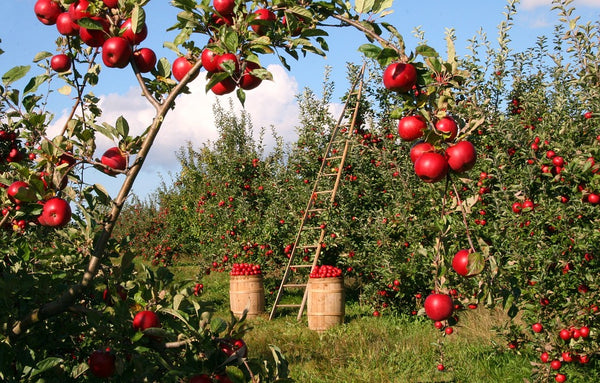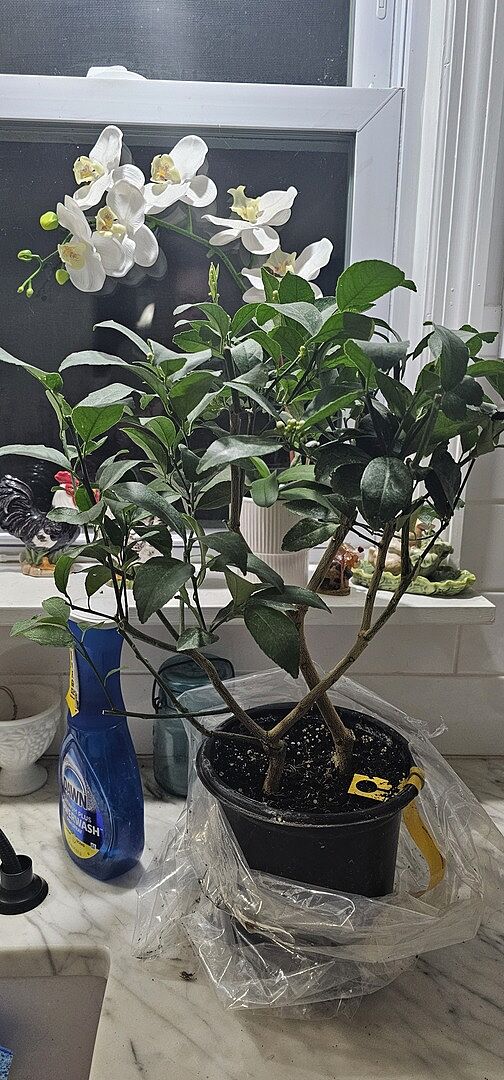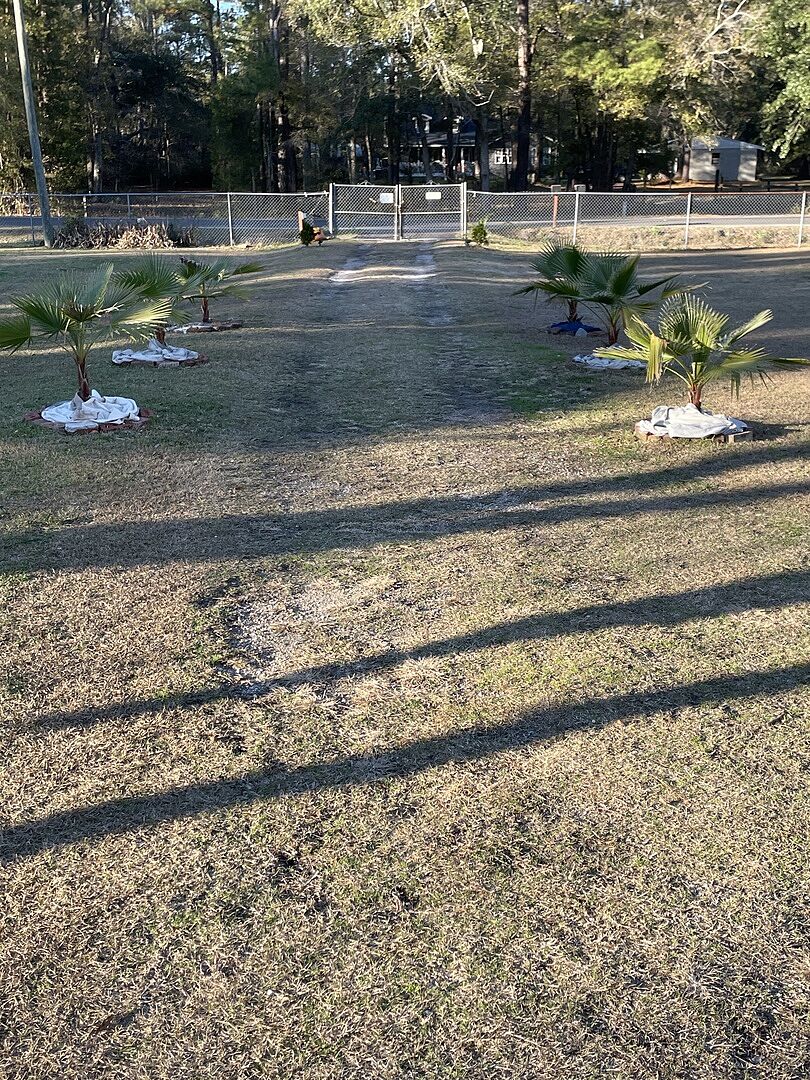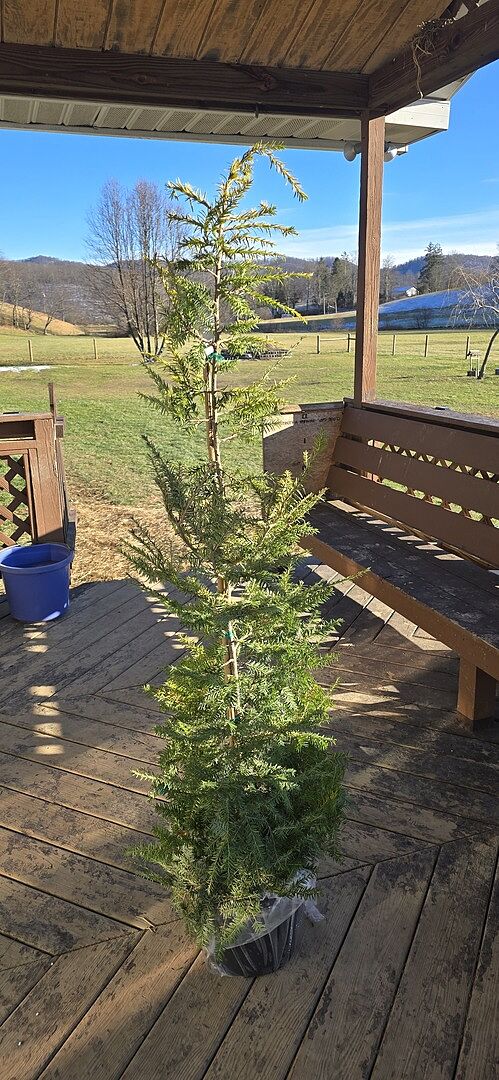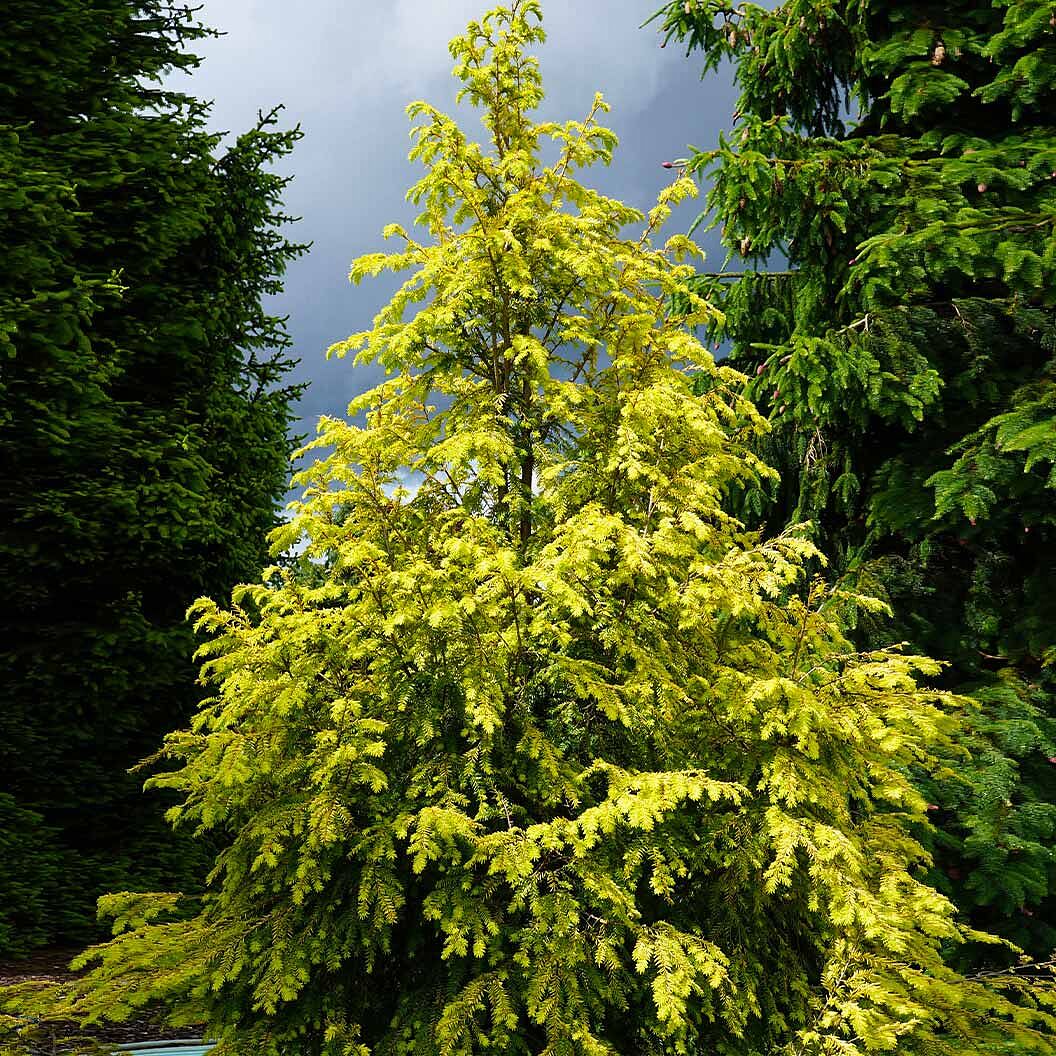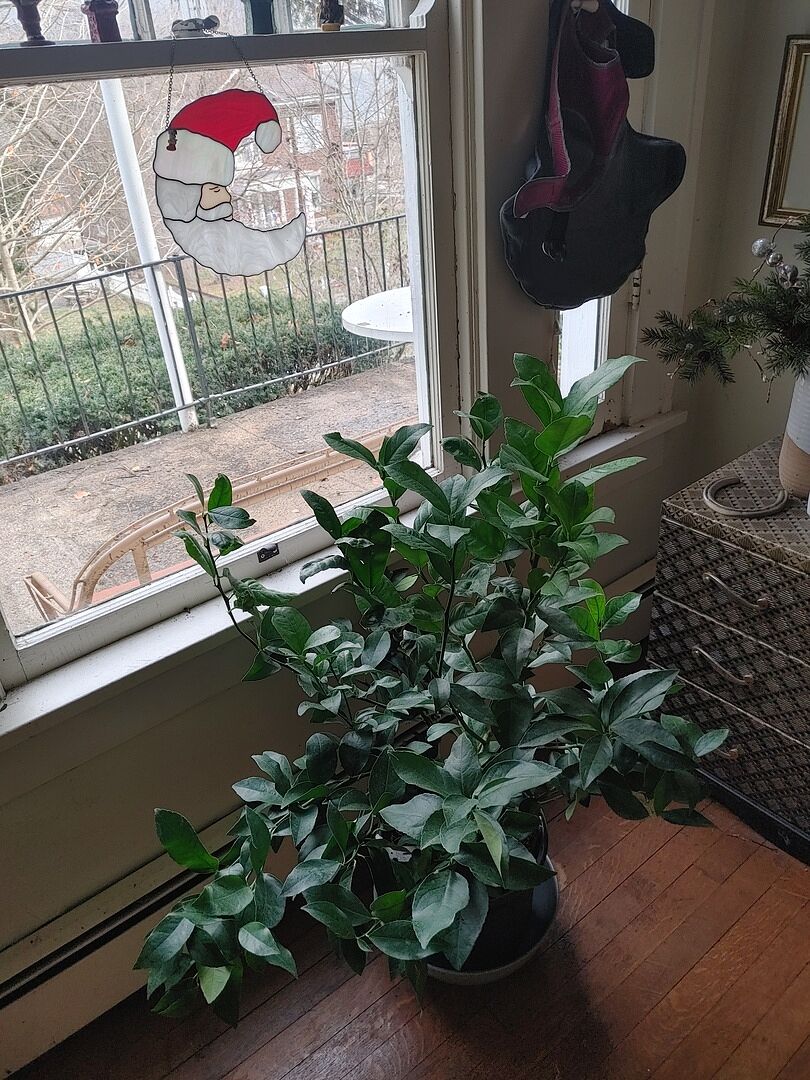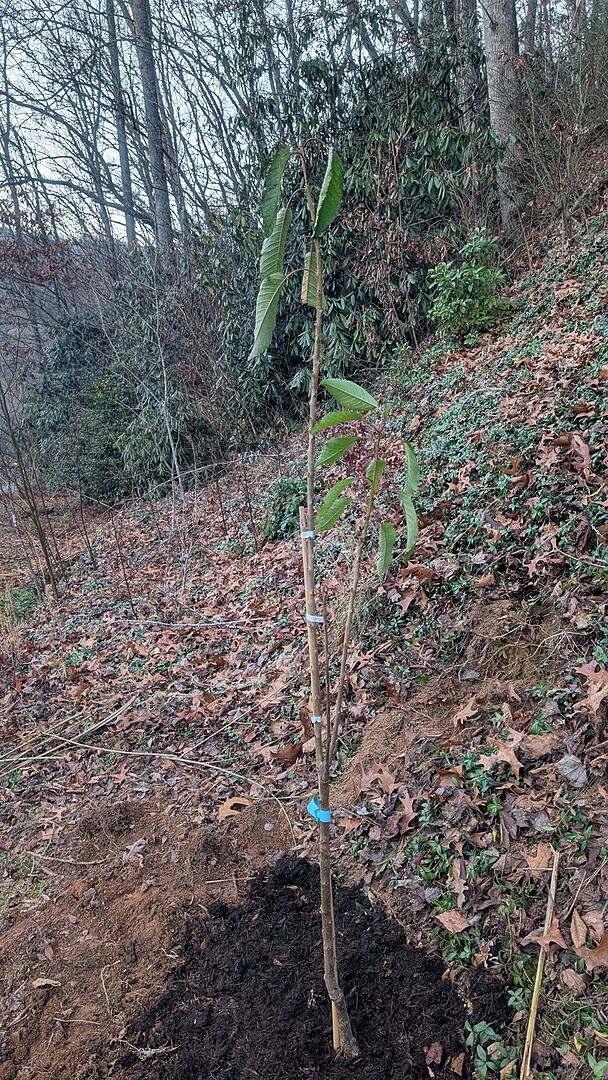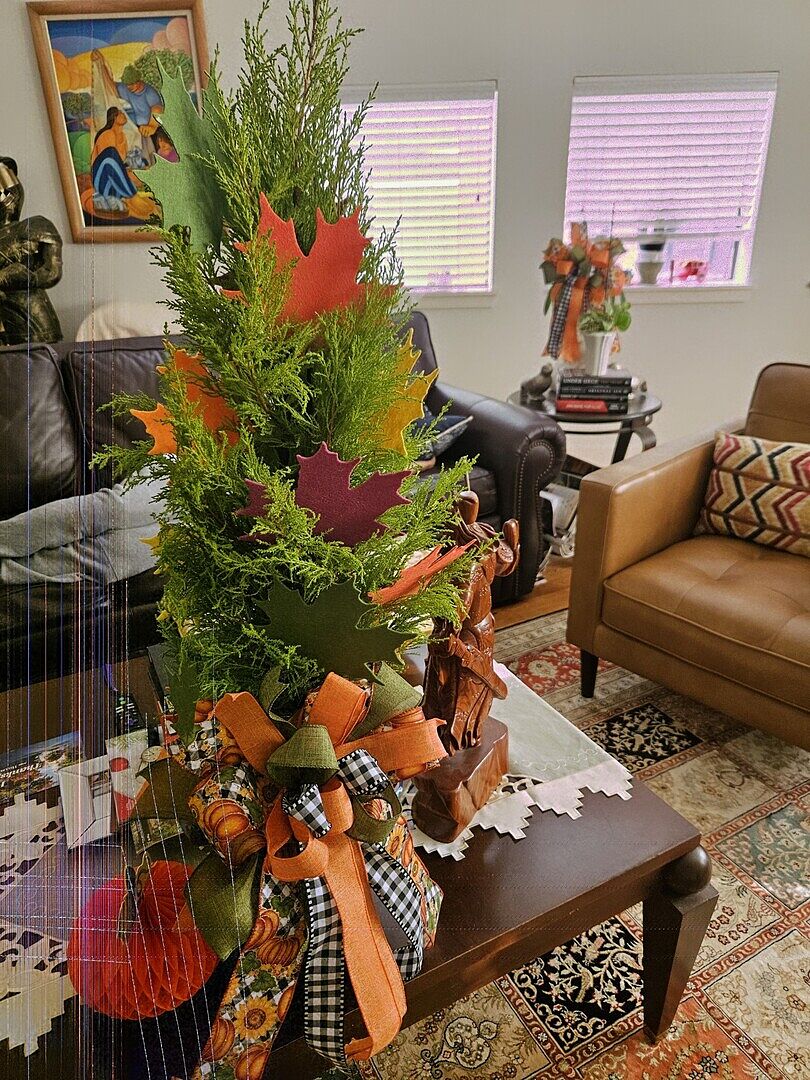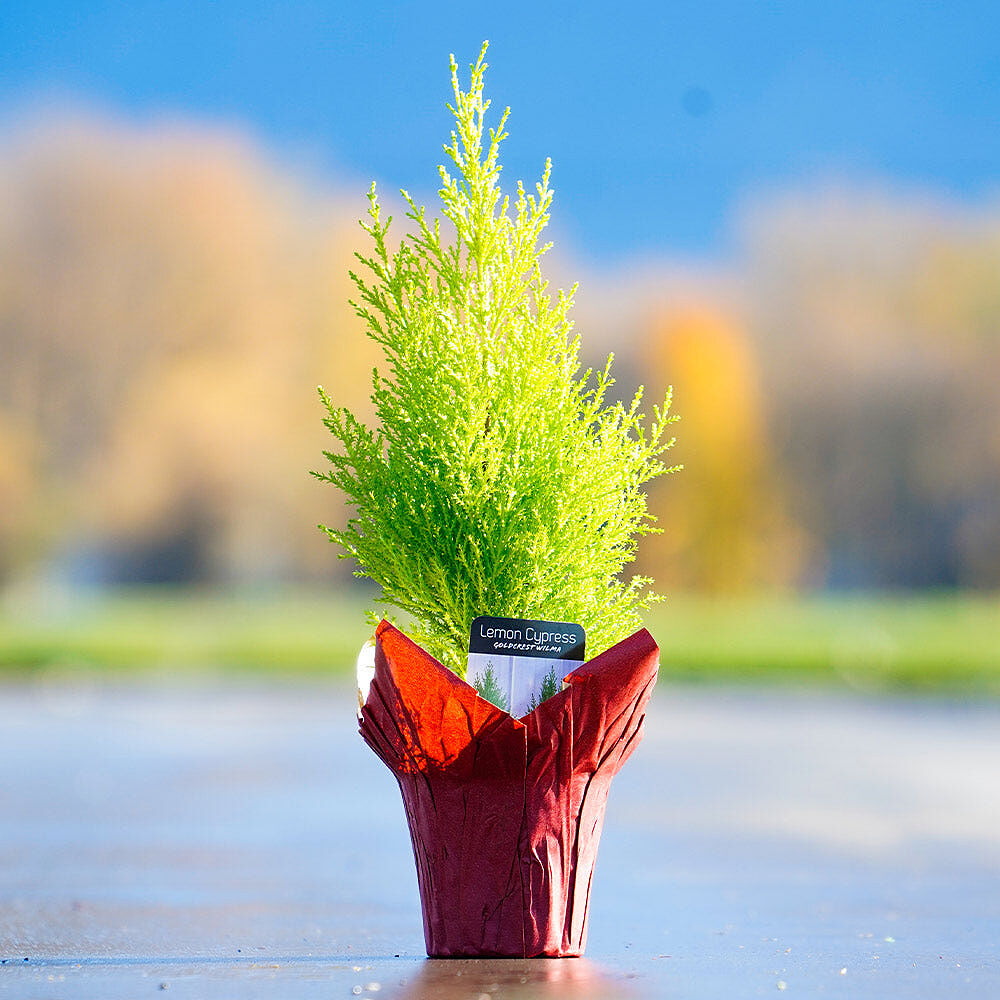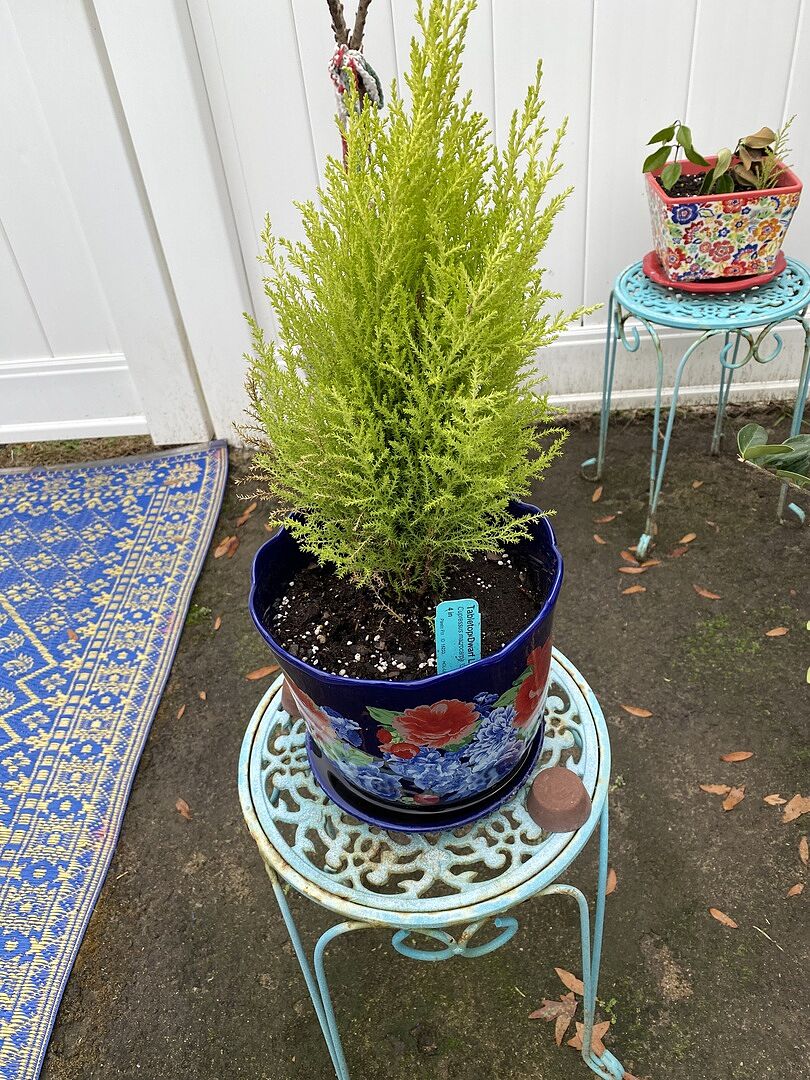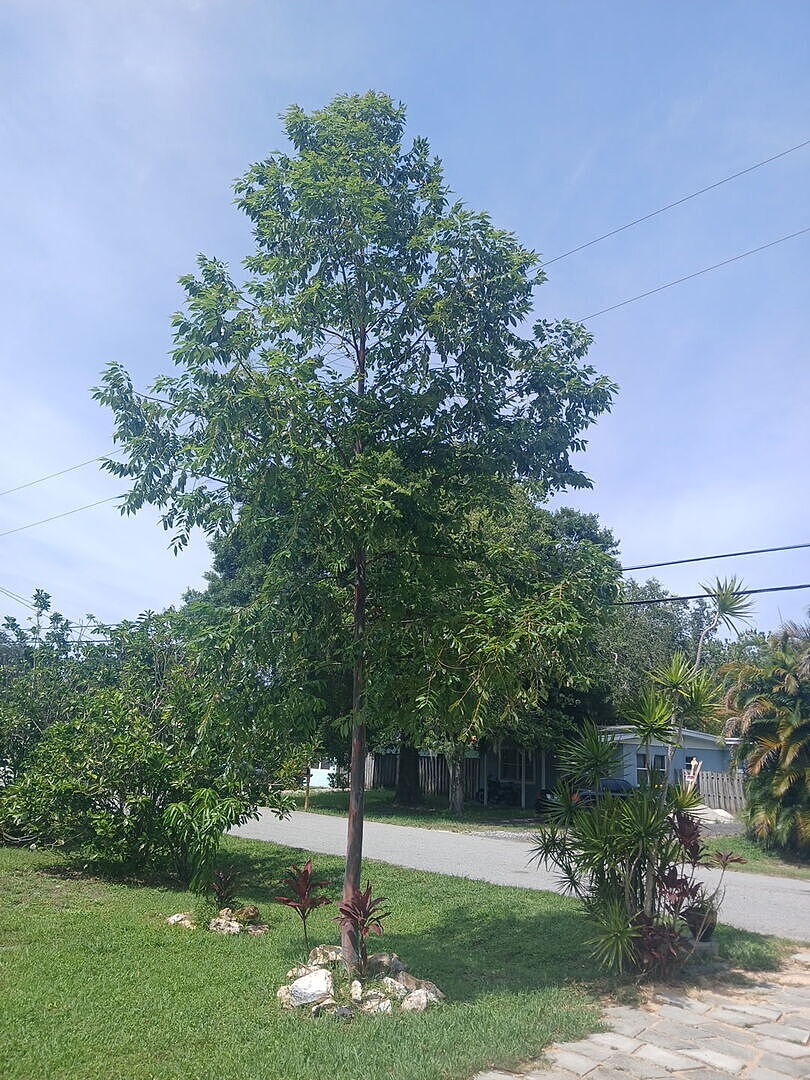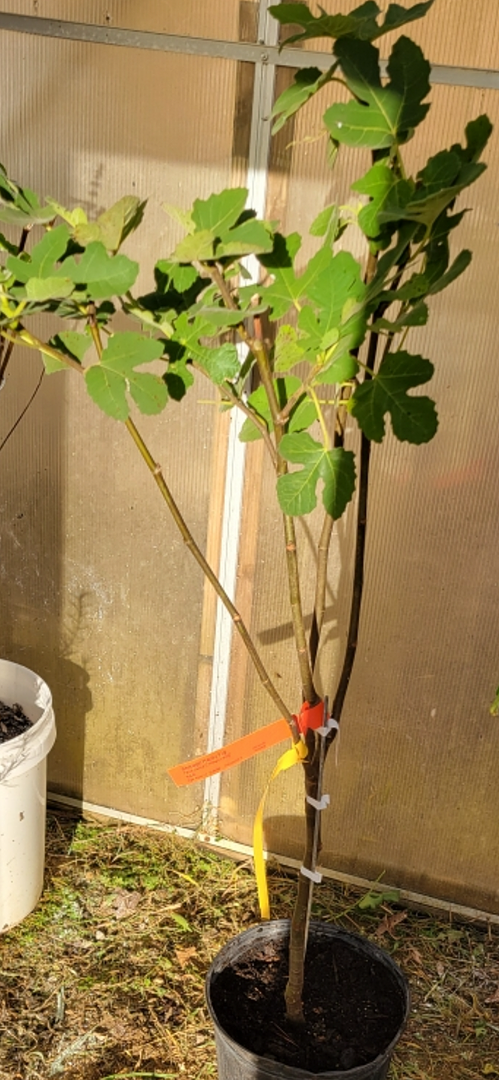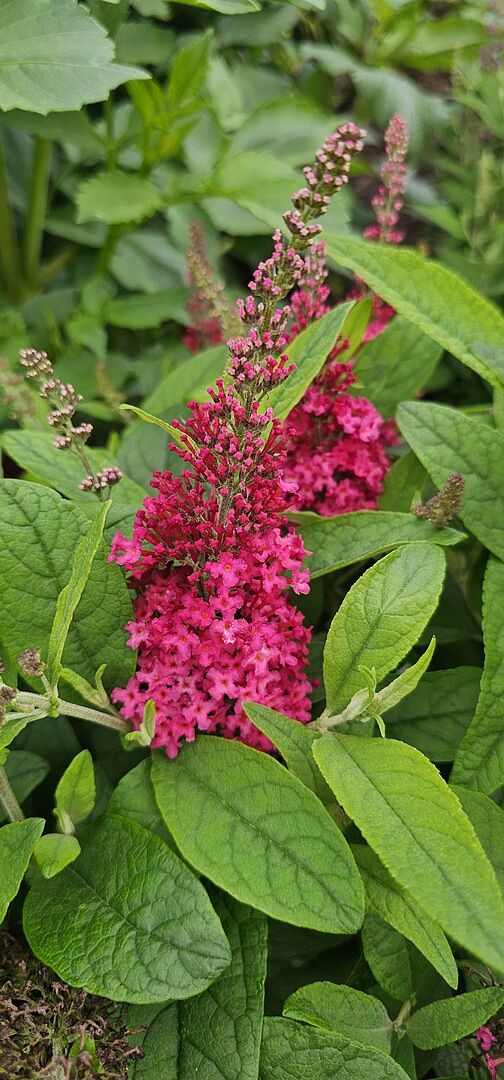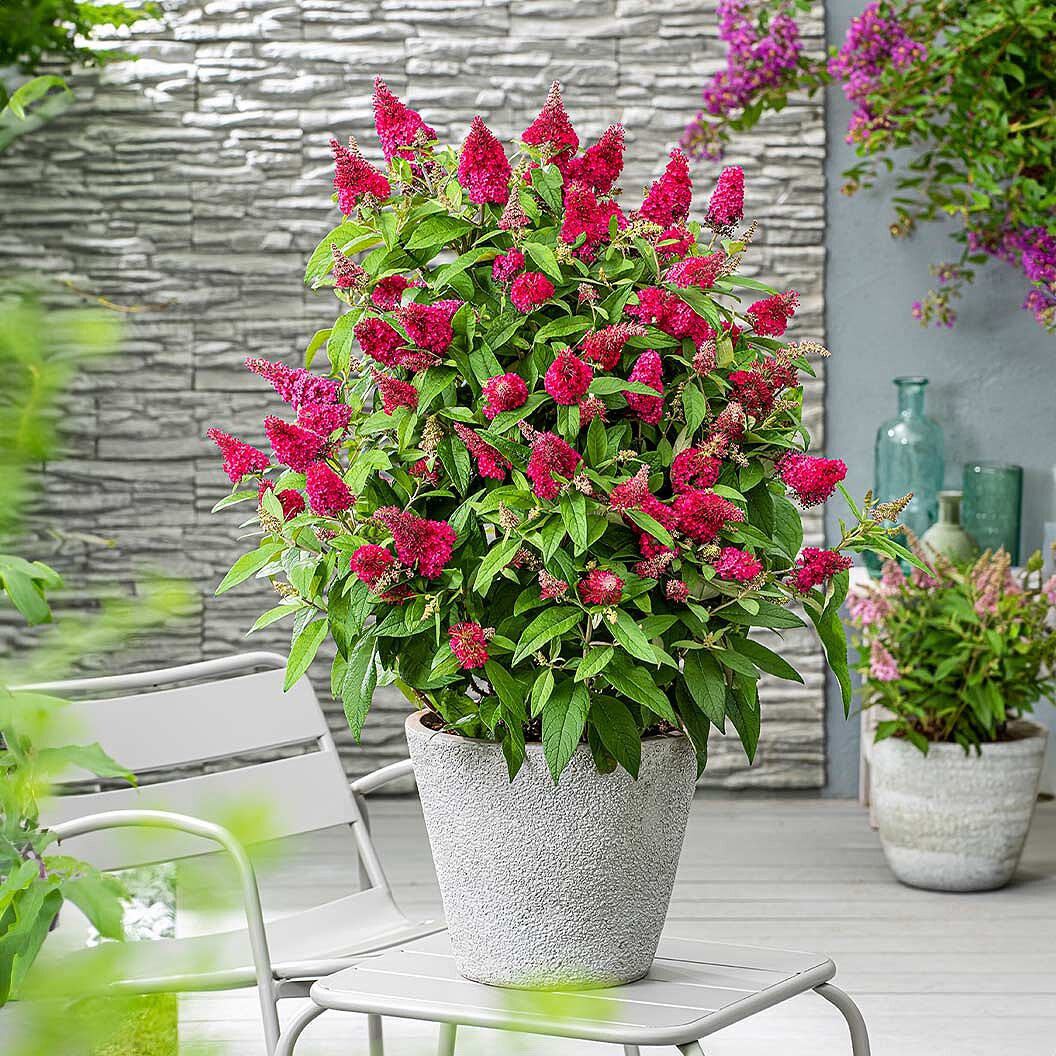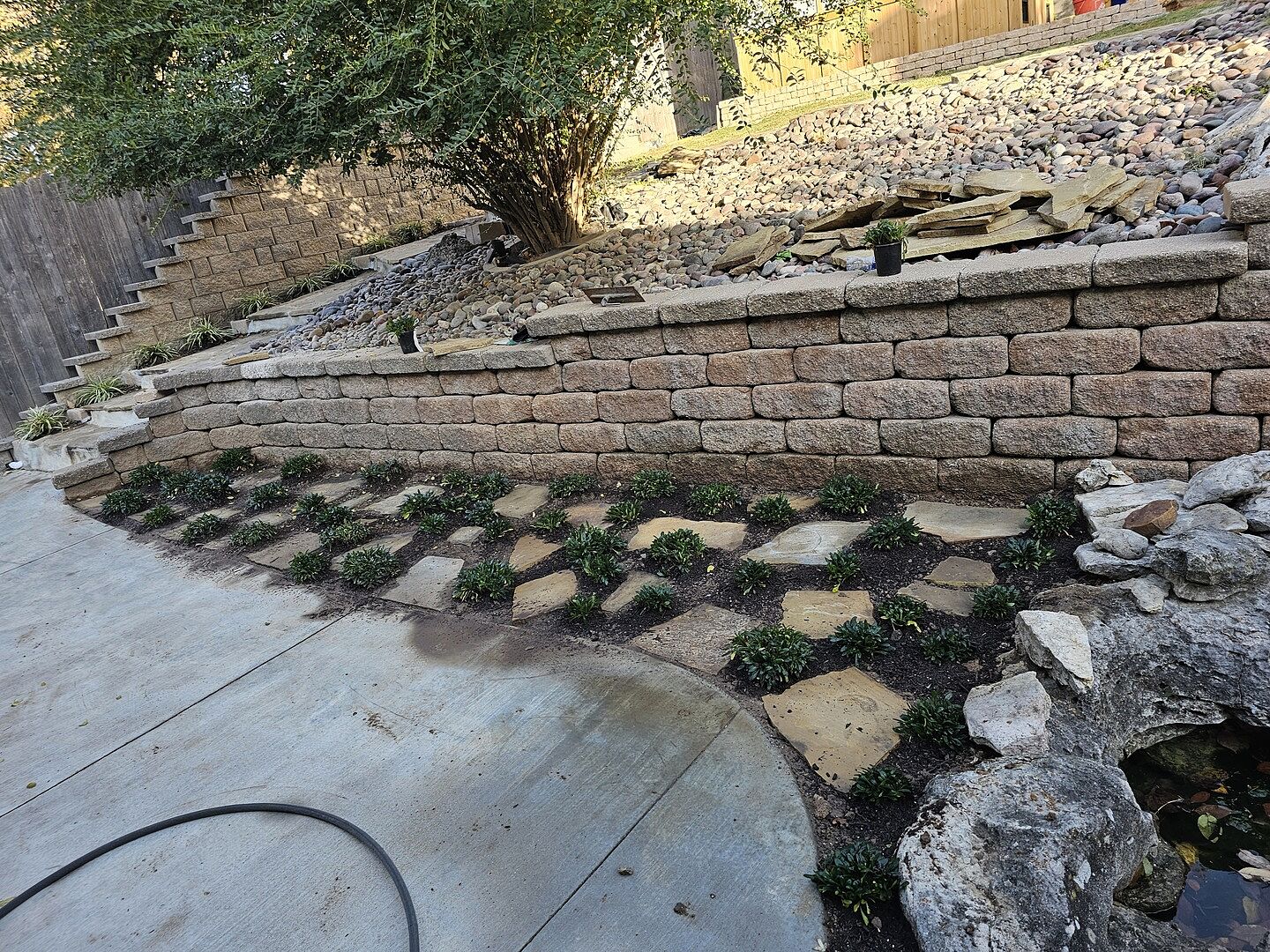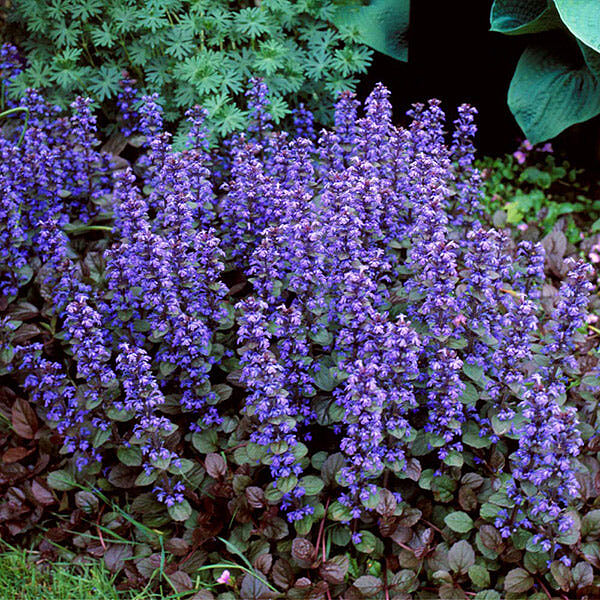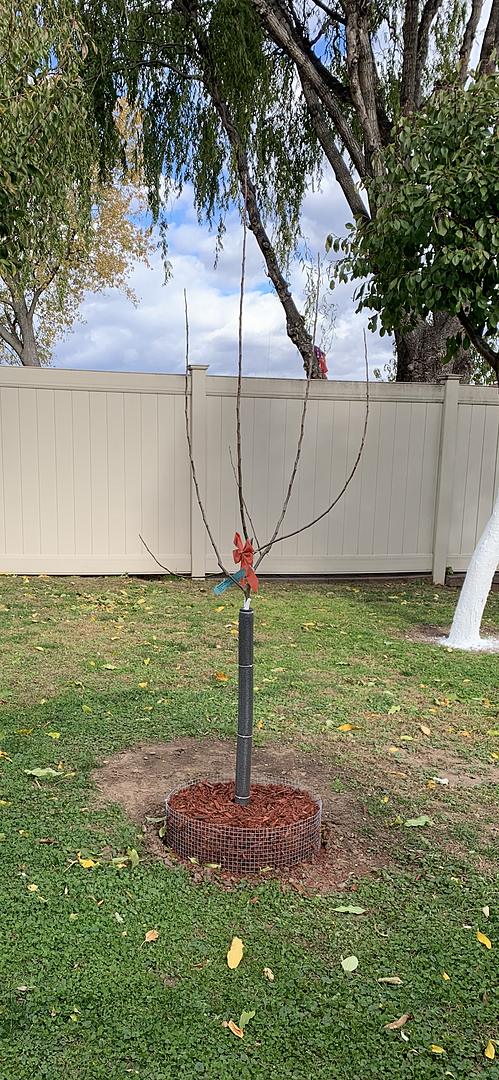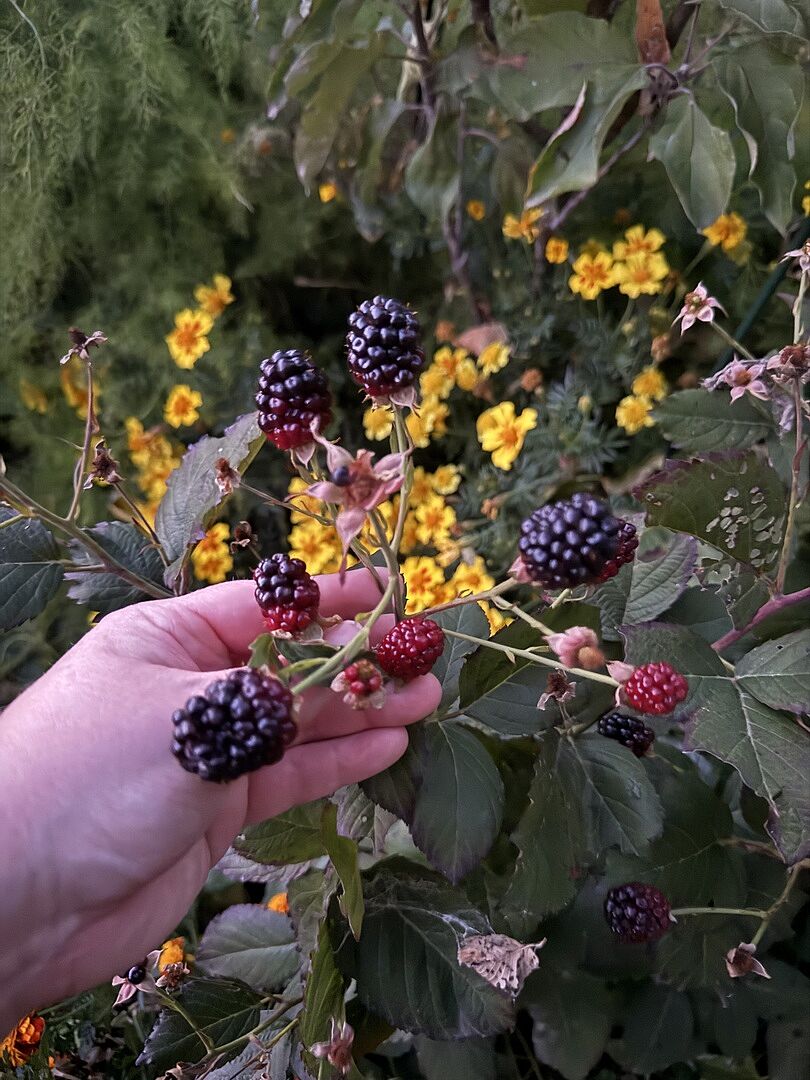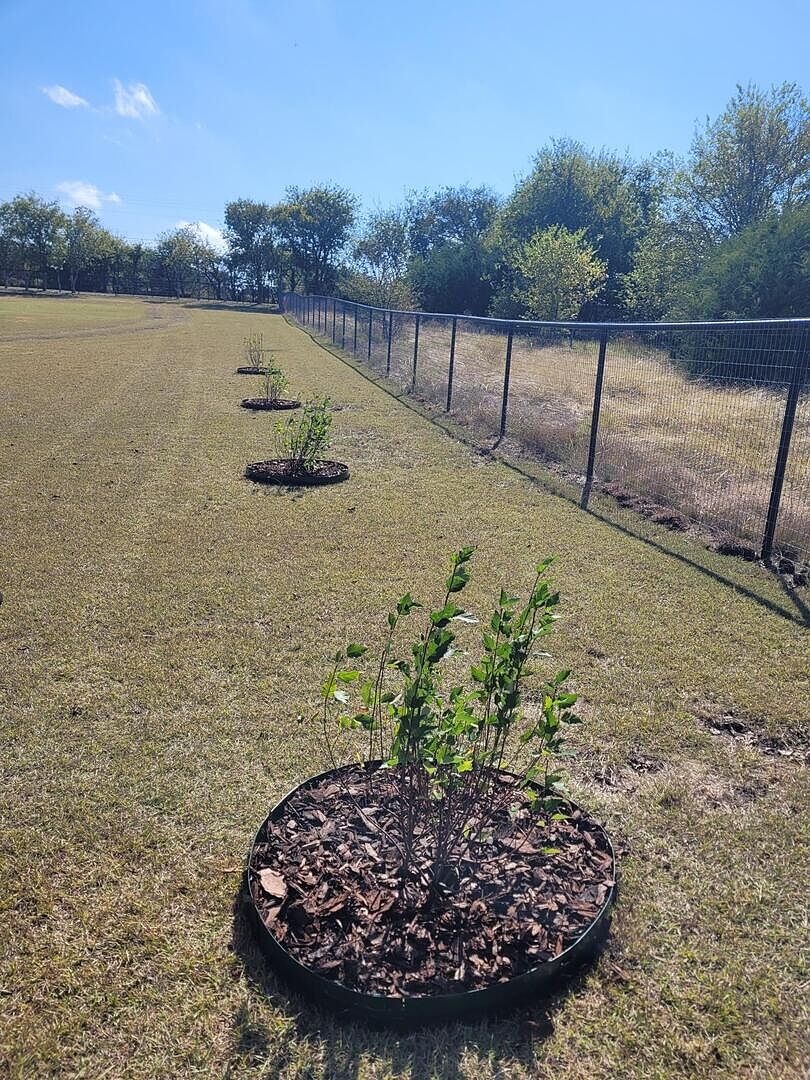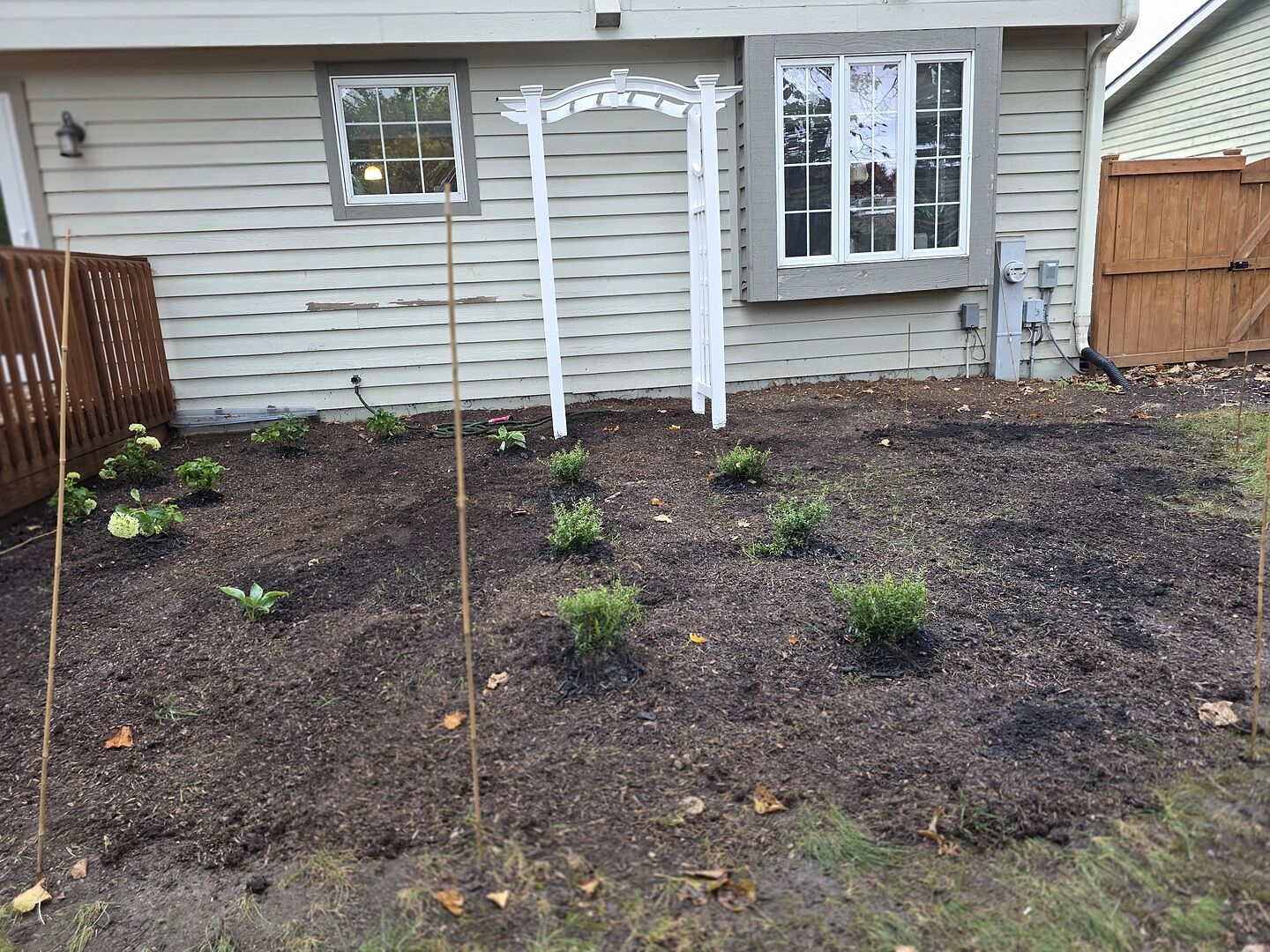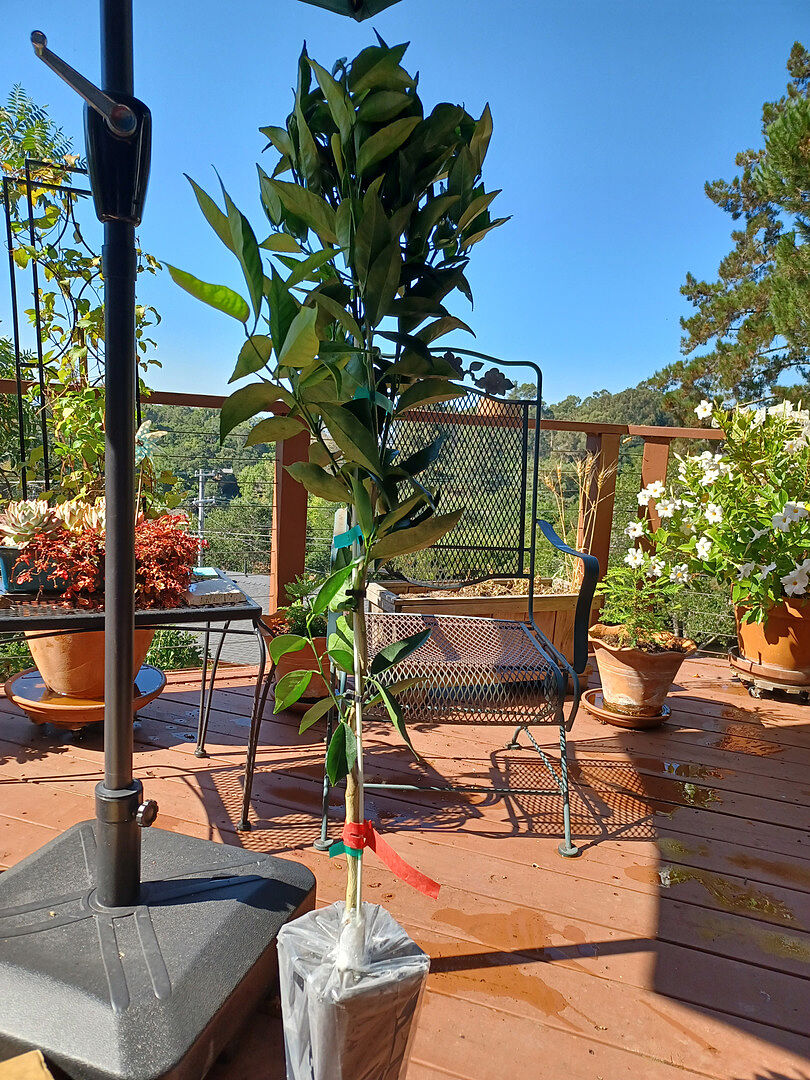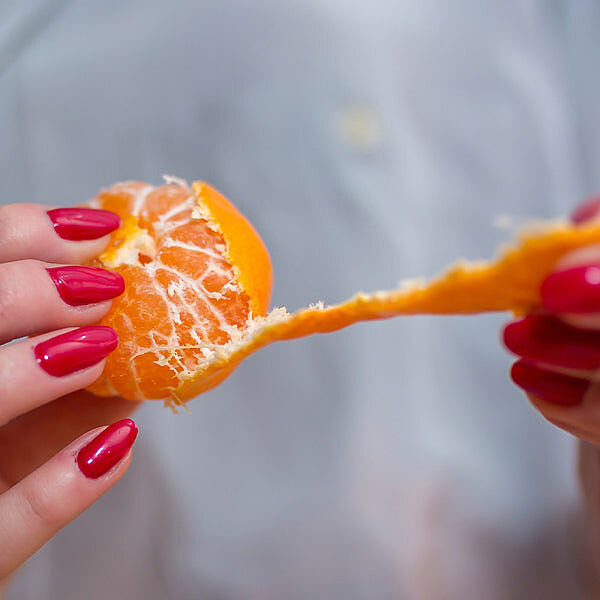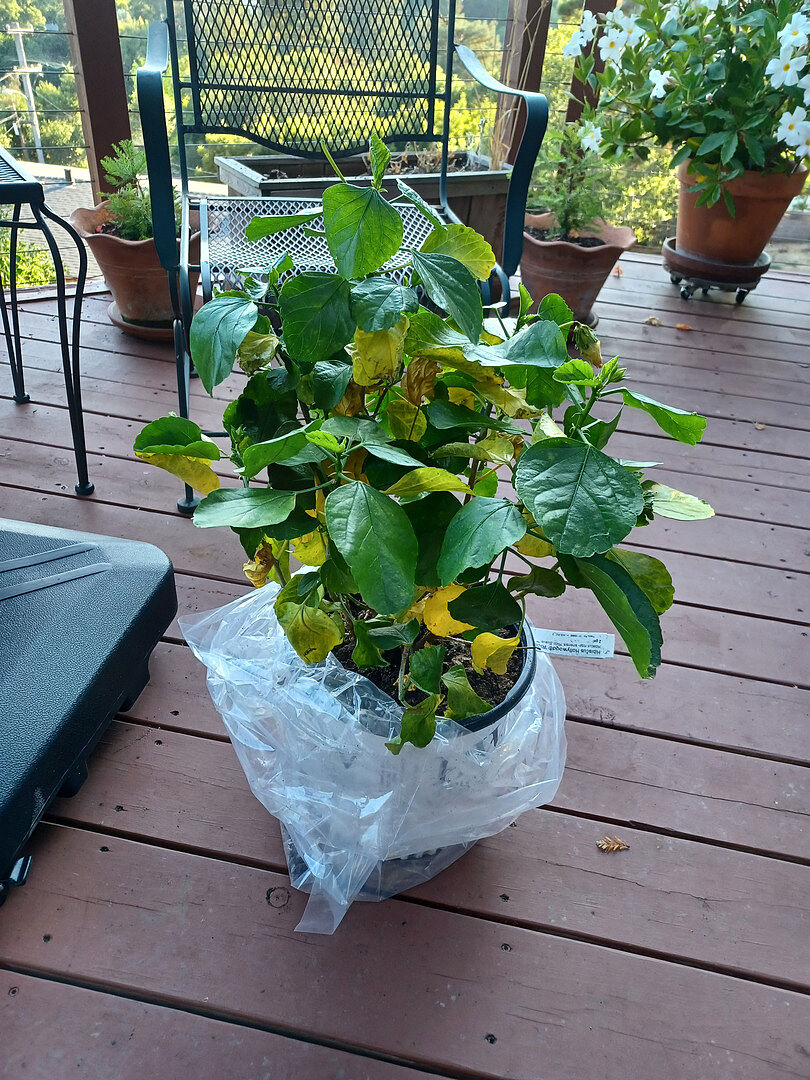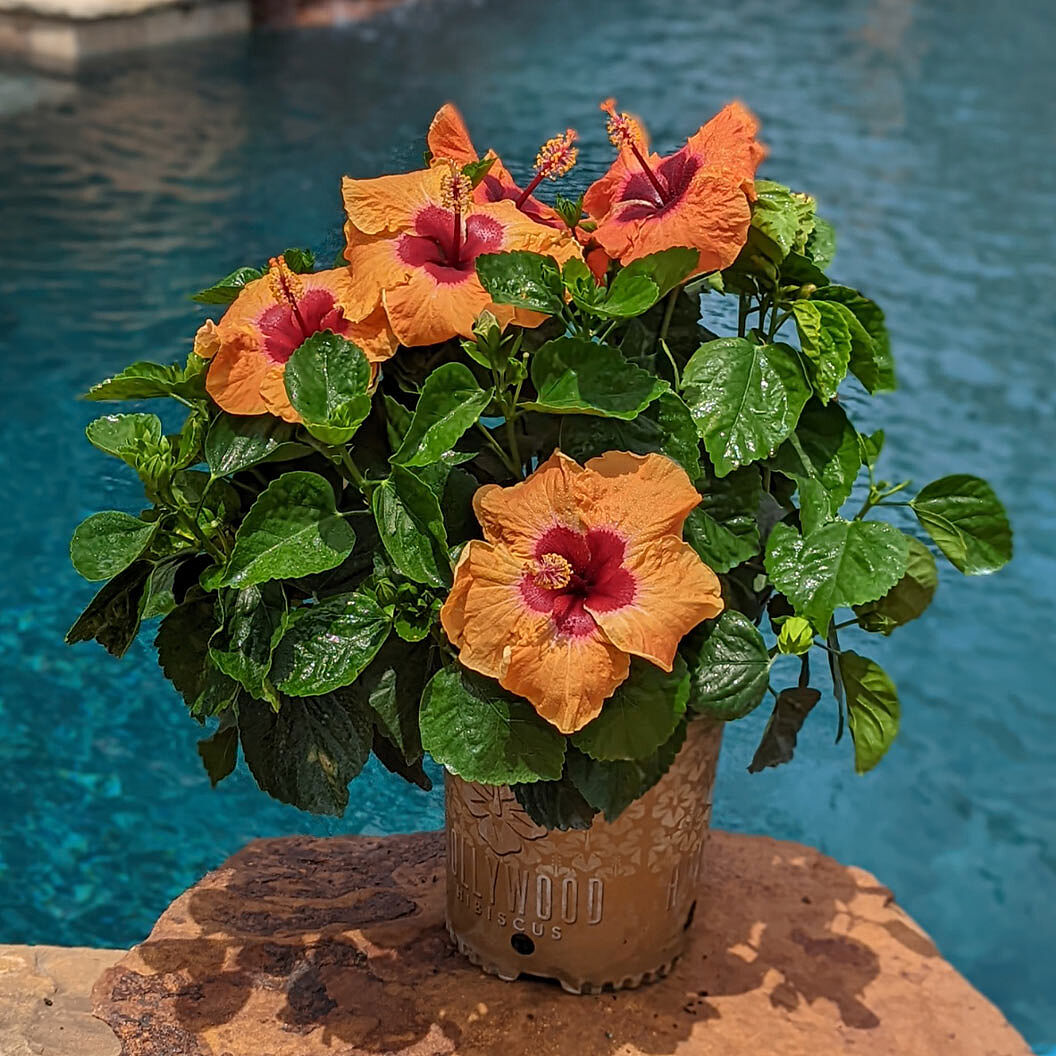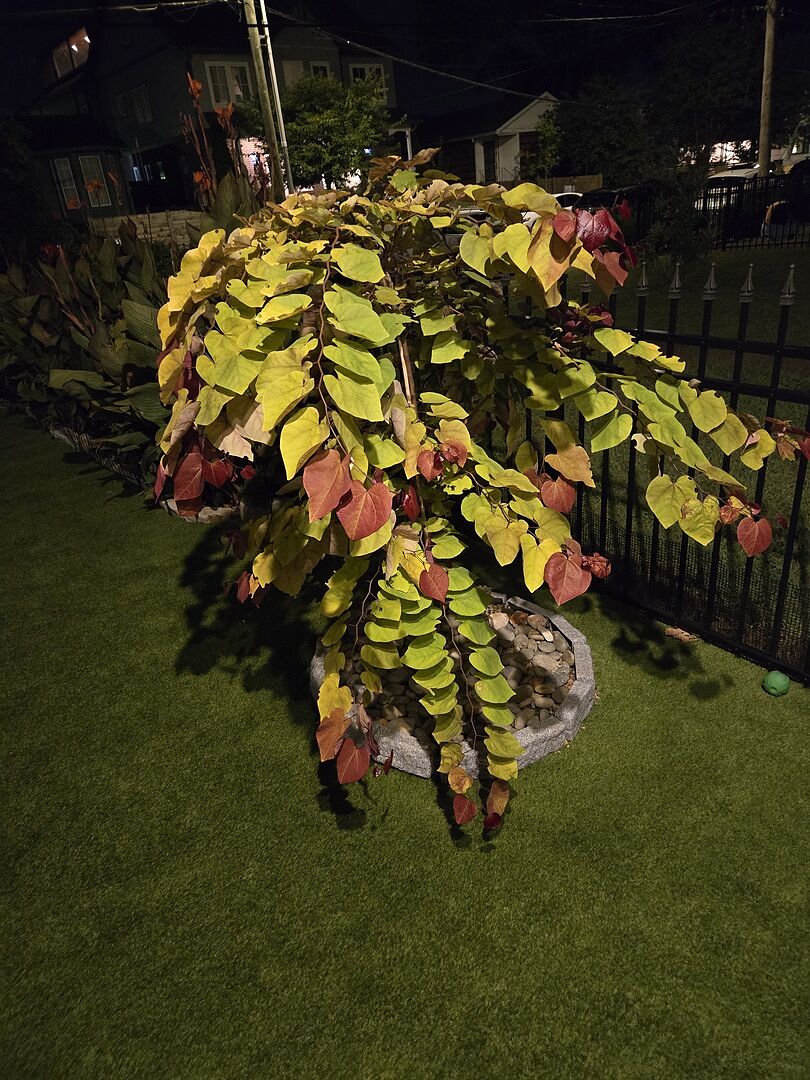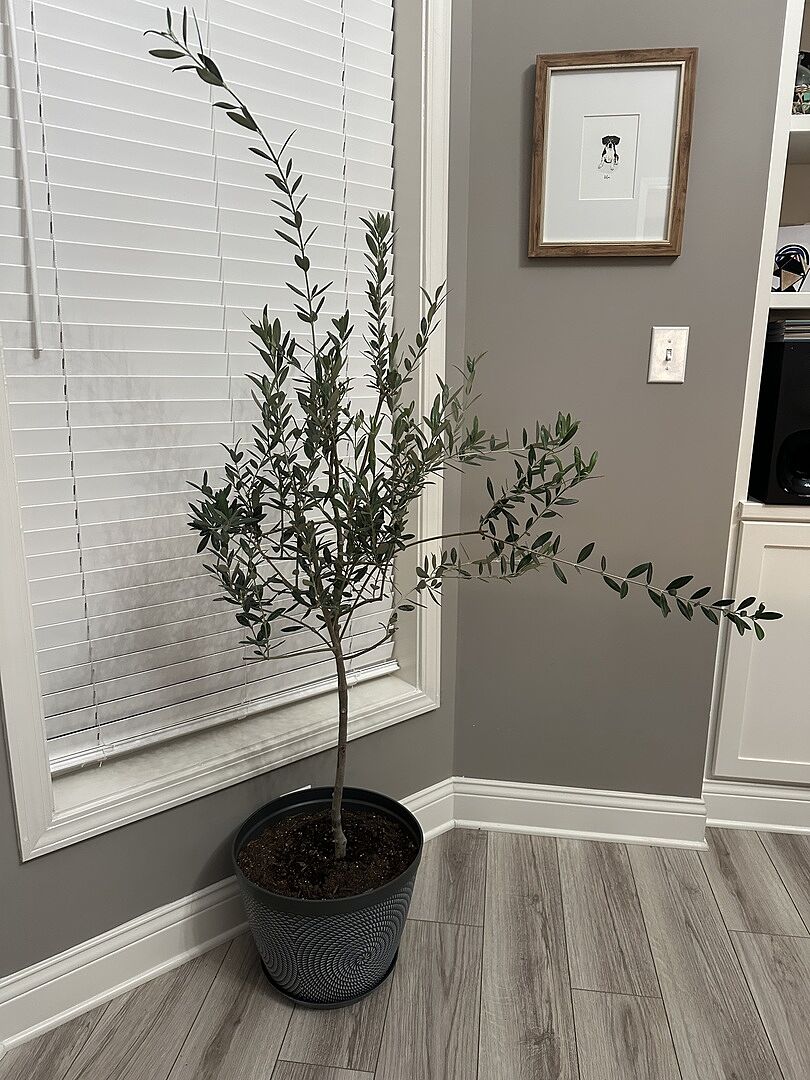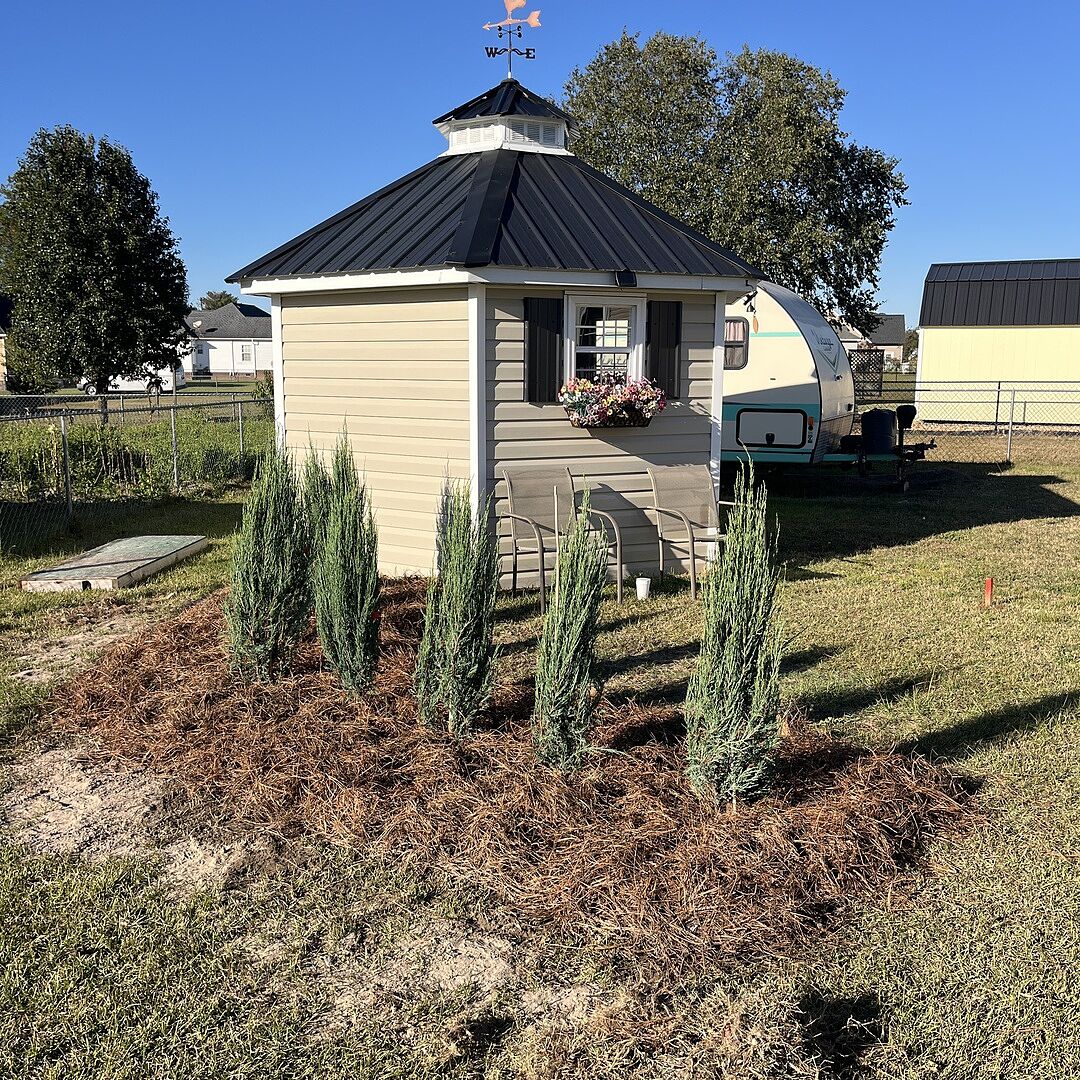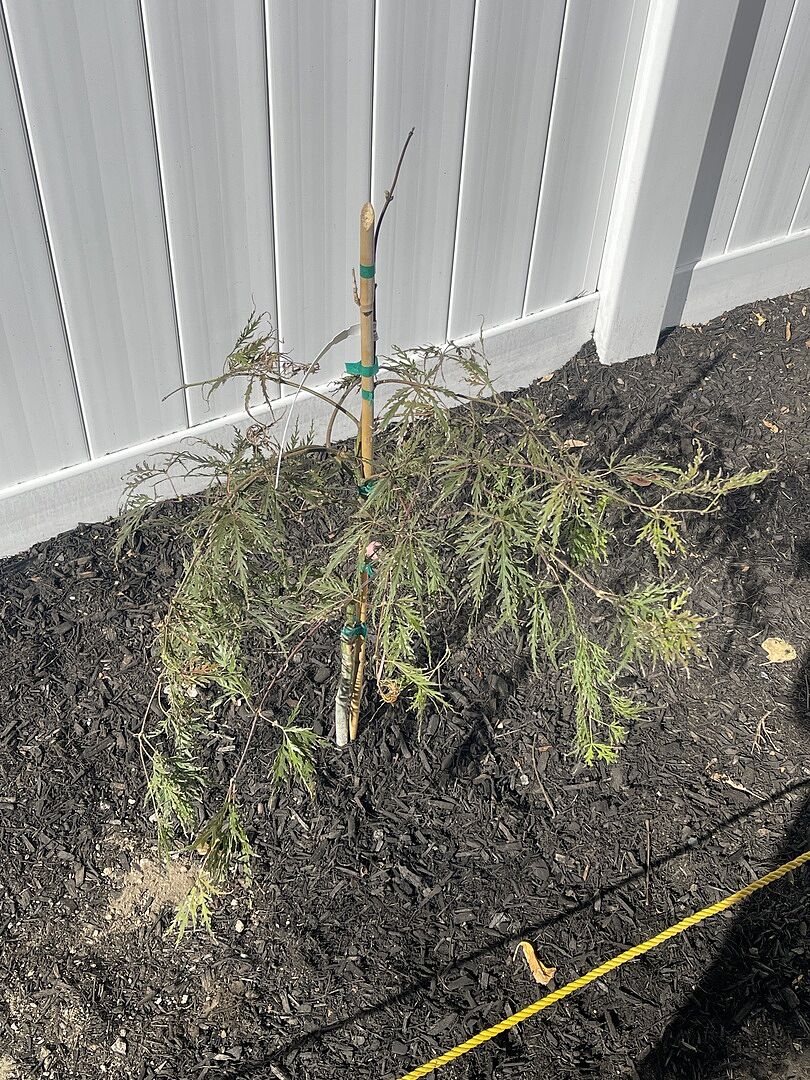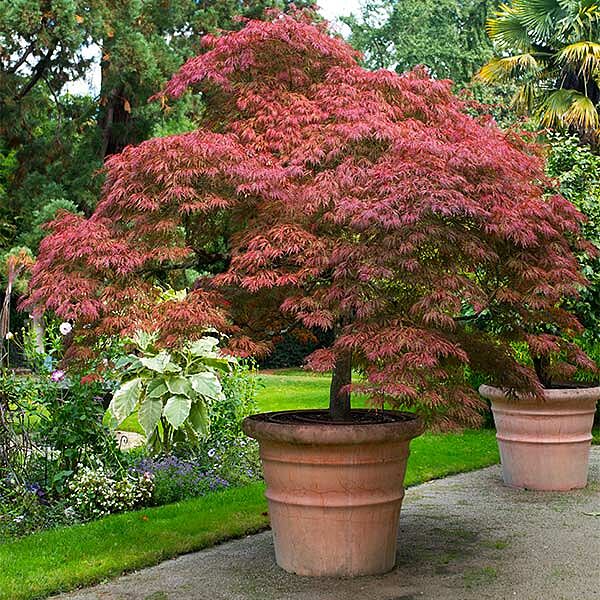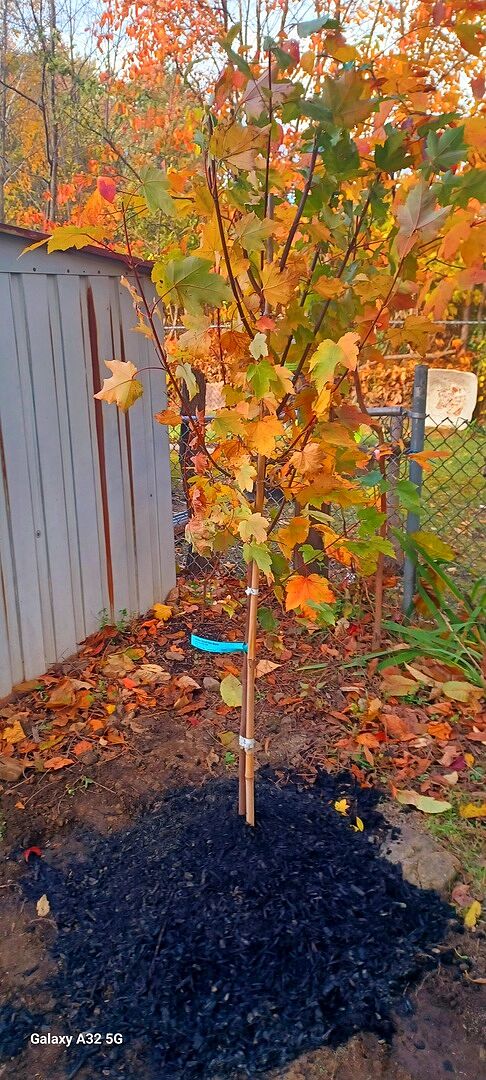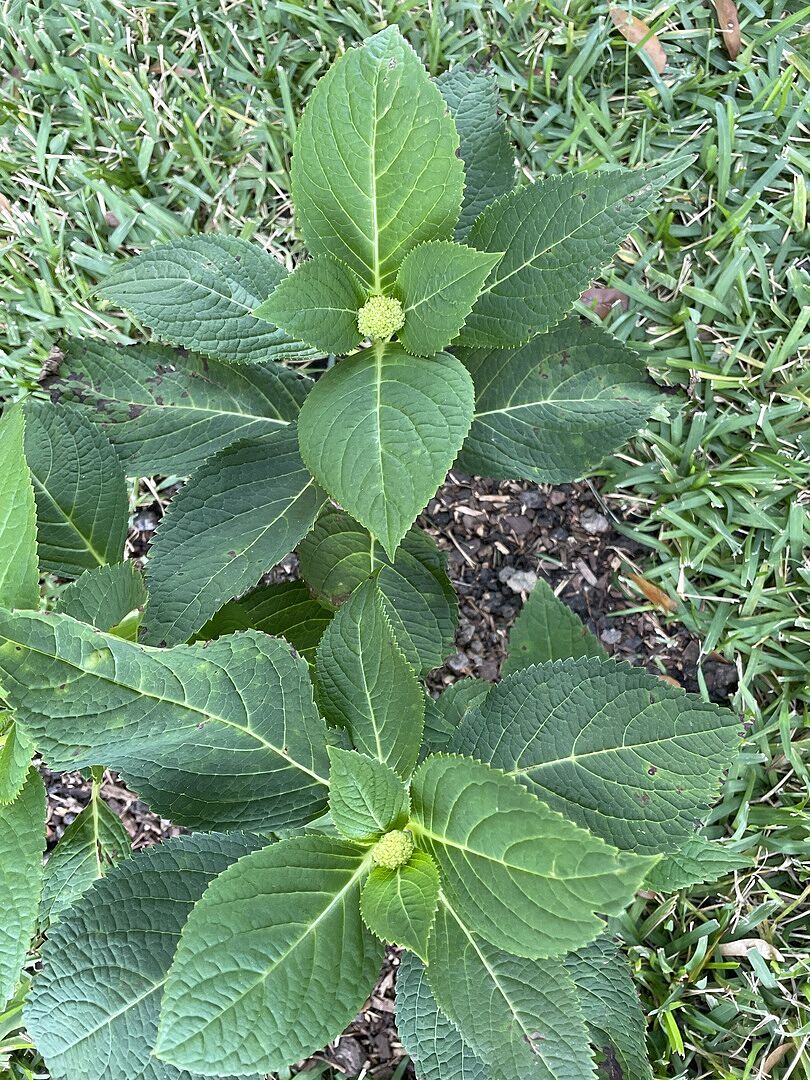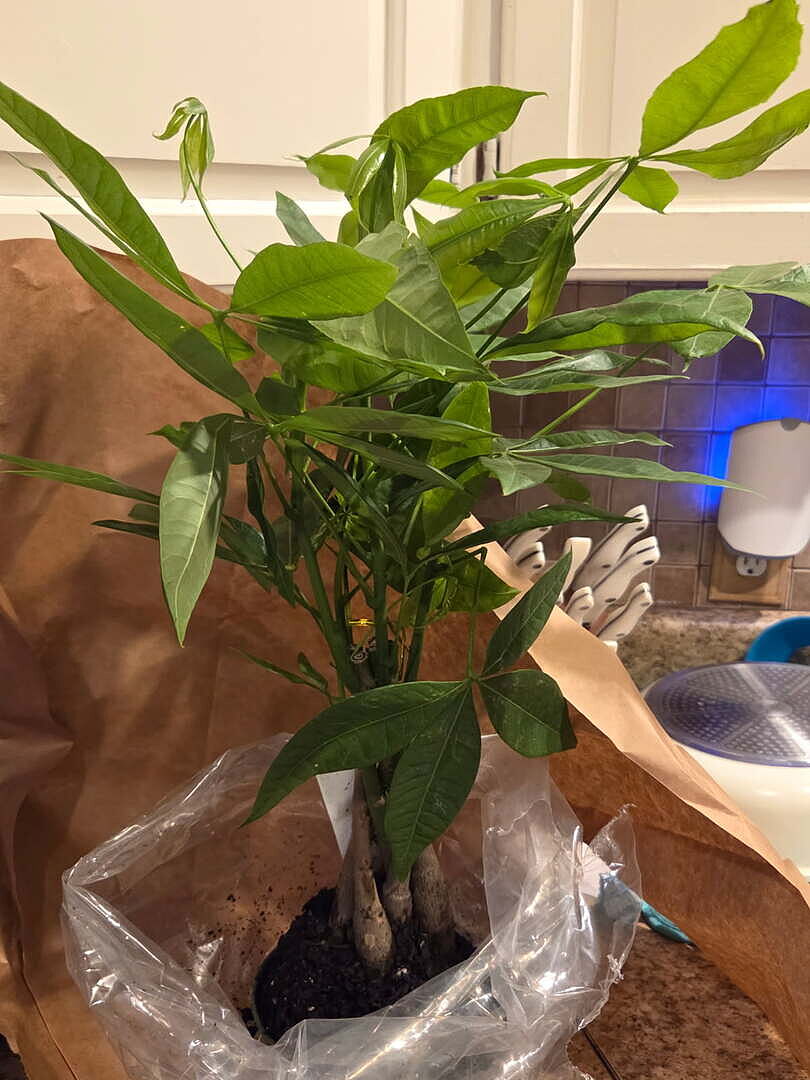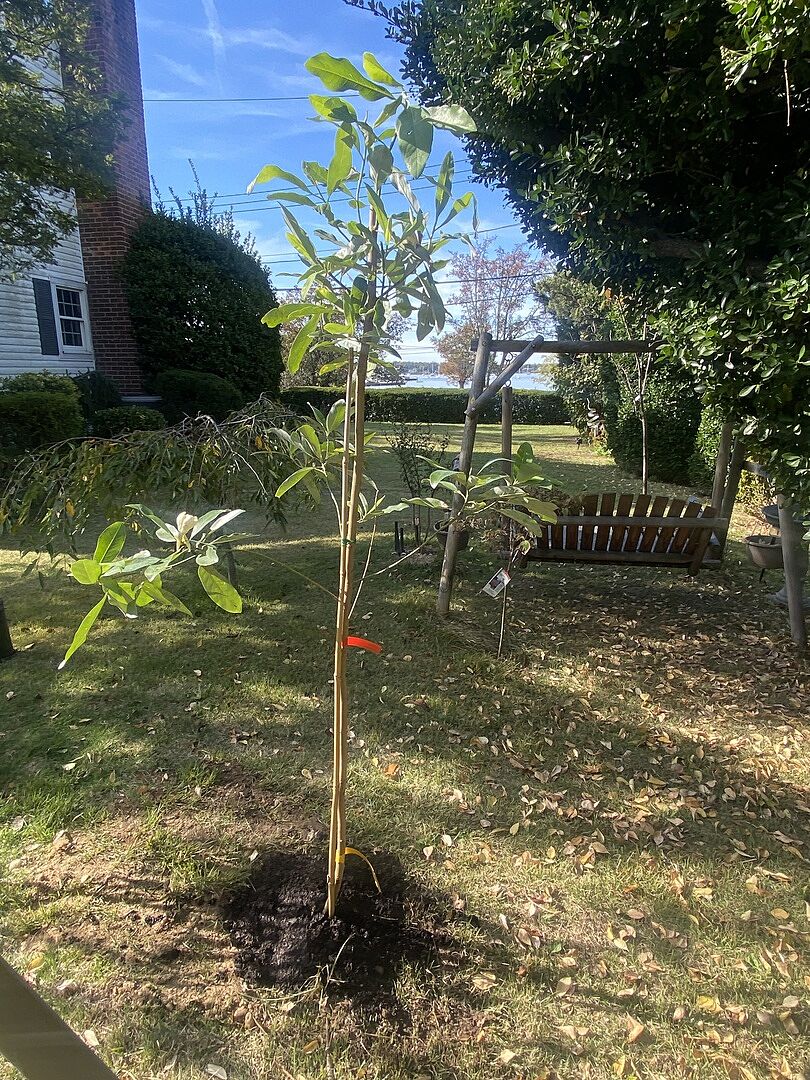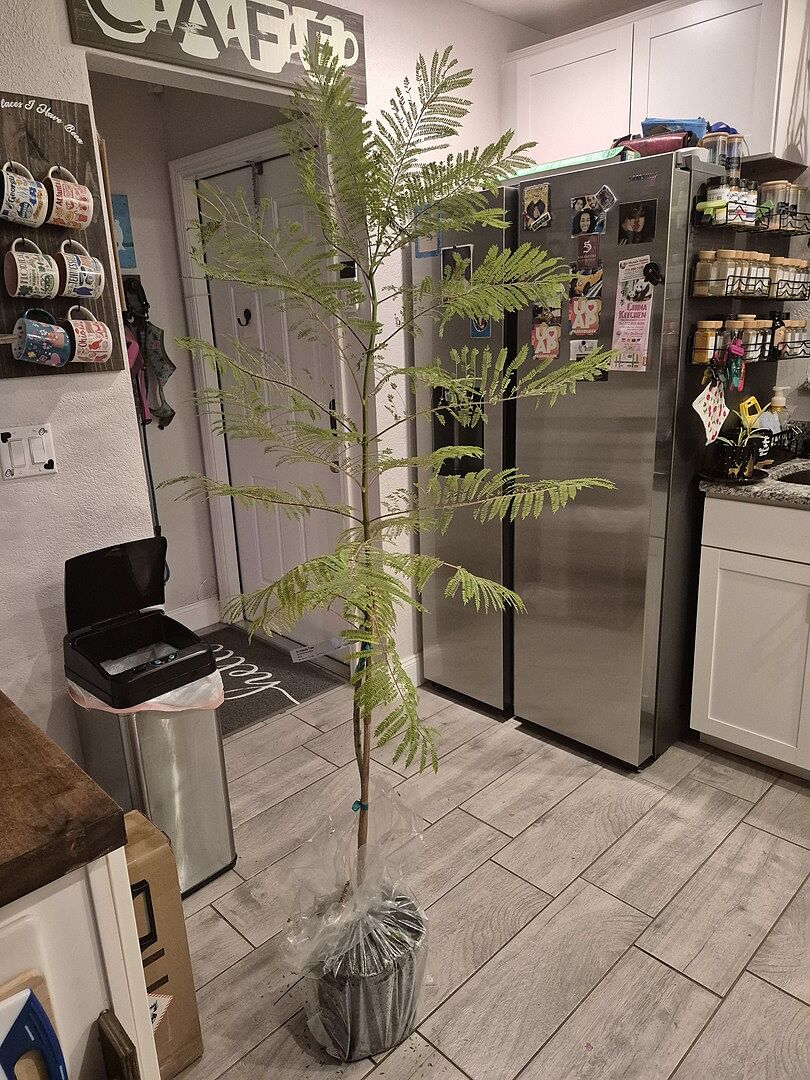Apple Trees: Everything You Ever Wanted to Know

Last updated: May 27 2020

Updated: February 2021
From McIntosh to Granny Smith, apples are one of the most popular fruits in the world, with growers producing more than 240 million bushels of apples in the U.S. each year. They're used across the country for culinary standbys like apple pie and apple sauce - not to mention snacking, smoothies, juices and more.
And while everyone knows you can purchase apples at the grocery store or pick your own at a local orchard, you might not be aware that apple trees are actually easy to grow in your own backyard. And when you do, you'll get a big reward for a just a little bit of effort - fresh, home-grown apples, year after year.
When you purchase an apple tree, you’re making a great investment - one that's easy, fun, and cost effective. And we're here to help you succeed. In this guide, we'll cover:
- Different varieties of apples and apple trees
- How to choose the right apple tree for your landscape and climate
- Where to plant apple trees
- How to pollinate apple trees for fruit production
- Common diseases and issues for apple trees
- How to plant and care for your apple trees
How many varieties of apples are there?
There are more than 8,000 different varieties of apples. Most are bred for their taste and utilitarian use, including cooking and cider production.
Apple trees are generally produced by grafting (attaching a piece of an existing tree to a root stock to form a new tree) or from seeds. One benefit of grafted trees is they will bear fruit much more quickly than those grown from seed- with grafted trees, you can even get a tree that bears fruit the first year.
Some popular varieties of apple trees include:
- Honeycrisp Apple Trees
- Fuji Apple Trees
- Gala Apple Trees
- Red Delicious Apple Trees
- Granny Smith Apple Trees
- Pink Lady Apple Trees
- Golden Delicious Apple Trees
- McIntosh Apple Trees
And dozens more - see all of our available apple trees here.
What types of apple trees should you plant?
Ideally, your apple orchard (no matter how big or small it is) will be in production for many years. In order to protect your investment and bear fruit, it’s important to choose the right apple trees to suit your needs and climate.
How do you select the right apple trees for your garden? It depends on a few different things, including your climate and hardiness zone, landscape, how many apple trees you want to plant and which varieties. (Most apple trees require another variety of apple tree planted nearby in order to pollinate and bear fruit, so you'll typically want to plan for at least two).
Below are a few considerations:
Apple trees for different climates
Want to plant apple trees in a colder climate? You'll want to find apple tree varieties well-suited to Northern areas. In a warmer climate? Check out apple trees that are best for Southern. If you're on the West Coast, you'll want to choose from Western apple trees. Most apples fall within two or more different groups, so it's easy to find the right apple tree as well as a companion pollinator that will thrive in the same climate.
Apple tree sizes
Apple trees come in many different sizes, from full-size trees to dwarf trees that grow 8-10 feet tall. You'll want to evaluate the size of your planting area to determine what apple variety is best - and remember, in most cases, you'll want to leave room for at least two apple trees, if not more.
How big do you want your apple trees to get? Keep in mind that apple trees contain three parts: the branches, the trunk, and the root system.
Our dwarf apple trees are grafted for a more controlled size. Most dwarf trees maintain heights of between 10 to 15 feet, which make them easier for fitting into small landscapes and easily picking fruit.
Working with an even smaller area? Consider a new variety like columnar apple trees - designed to grow upright without horizontal branching, they're perfect for small spaces and even patios or balconies.
Apple tree flavor
Think about your favorite flavors and what you like to taste in apples - do you like sweeter apples, or more tart? Once you figure out what type of apples you like, think about how you plan to use your apples. Are you planning on snacking, baking, juicing or canning? Dessert apples are best for eating fresh, whereas culinary apples are best for cooking. Some apples have to be eaten within a few days of being picked, while others can be stored for a month or more before eating – and can actually improve in flavor over time. For example, Red Delicious Apples are one of the sweetest cultivars available.
You'll also need to consider how many trees you need to plant. If you want to grow several trees, that can affect the specific types of trees you purchase. Different varieties can ripen at different times, from late summer to late fall, and different varieties are required to pollinate specific apple trees.

Ask the experts
Another option to help you find the right apple trees? Contacting your local agricultural extension agency or horticultural association. Ask questions about specific trees' ability to thrive in your area. You can also speak with a local horticulturist or master gardener. They will be able to provide you with information about rootstocks, local soil types, and pollination.
Where should apple trees be planted?
Most apple trees grow best in a warm climate with full sunlight (6-8 hours per day) and good air circulation. The best spot is typically on the north side of a house or treeline.
Apple trees need well-draining soil, and light- to medium-textured soils work best - apple trees typically don't thrive in heavy clay soil. Avoid any areas where cold might settle in lower areas, and avoid planting near wooded areas or other trees that might block sun.
If you're planting an apple tree in a Northern state:
It's best to choose early to mid-season varieties that will ripen in an area with a shorter growing season.
If you're planting an apple tree in a Southern state:
We recommend finding a sheltered space facing the Southern part of your garden. Planting the trees near a hedge or wall can help protect the trees from wind damage.
When should apple trees be planted?
Apple trees are very hardy. They can withstand most conditions, including extreme cold and wind. It's typically best to plant your apple trees during the spring - however, if you live in an area with mild autumns and your winter months have moisture in the air, they can be planted in the fall. In that case, ensure you plant six weeks prior to first frost so the tree can establish properly before winter.
How are apple trees pollinated for fruit?
Most apple trees are not self-fertile - that means they need pollen from another apple or related tree in order to bear fruit. One of the main causes of reduced crops is poor pollination, so your trees will benefit greatly and bear more fruit when you cross-pollinate.
However, most apples require not only a second apple tree to pollinate, but a second tree of a different cultivar (for example, a Pink Lady Apple should be paired with a Gala, Fuji, Granny Smith or McIntosh Apple to produce fruit).
In order to have pollination, you have to have blossoms - and some of the buds on the tree must be fruiting buds rather than leaf buds. An apple tree’s buds form the previous summer. You can encourage a tree to create more fruit buds by tying new, growing branches horizontally during the summer months.
Apple tree pollination requirements
Most apple trees need another tree to produce fruit. Even if you have a self-fertile tree, we recommend adding a pollinator. Bigger bounties of fruit result from having more than one tree, no matter the type of tree.
Planting multiple trees of different varieties will help increase the amount of fruit your tree bears every year. You can plant a tree that blooms at the same time as your tree for larger fruit yields, or one that blooms at different times, so you can harvest fresh apples at different times of the year.
Some varieties of apple trees are actually sterile and cannot pollinate other apple trees. For example, the Gravenstein and Jonagold Apple Trees are sterile, so another apple tree needs to be planted with them to produce fruit.
When planting, pollinators should be no more than 50 feet apart from each other.
Flowering apple trees for pollination
Many varieties of apple trees are triploid, meaning they have three sets of chromosomes. How does this factor into pollination? Triploid varieties cannot cross-pollinate the same varieties. If you planted a triploid variety, you would also need two other trees of different varieties nearby to achieve cross-pollination.

Choosing the correct tree to cross-pollinate
One of the simplest ways to see if two apple tree varieties can pollinate each other is to check their flowering or pollination groups - to make it easy, we list recommended pollinators for every apple tree. Each group contains varieties that will flower around the same time. To help ensure a good crop and pollination, it’s best to grow two or more different cultivars from the same or adjacent Flowering Groups.
As we mentioned earlier, some cultivars have sterile pollen and need two other cultivars for good pollination. Because of this, it’s good to grow at least two other non-sterile cultivars with each one. These varieties are naturally prone to produce a lot of blossoms over a long period of time, and are compatible with many other varieties, making them good pollinators. In fact, most crabapples fall into this group and are planted in apple orchards because of their pollination abilities.
Here are a few apple trees that are compatible for pollination:
- Gala Apple
- Fuji Apple
- Granny Smith Apple
- Honeycrisp Apple
- Pink Lady Apple
- Red Delicious Apple
- Yellow Delicious Apple
- McIntosh Apple
- 4-in-1 Apple
Crabapple trees for pollination
Crabapple trees are popular flowering trees that grow all over the country. Although they're widely used for landscape decoration, they can often act as pollinators for apple trees, too. Although they won’t work with all varieties, they will work with most.
Here are just a few reasons why crabapple trees are popular and commonly used for apple tree pollination:
- They grow well in a huge variety of different soil conditions, sandy or heavy in clay
- They feature vivid-colored blooms, ranging from pearl to whitish pink and intense red.
- They differ from typical apples based on their fruit size. If the fruit is 2 inches or fewer in diameter, it’s considered a crabapple. If the fruit is larger, it’s considered an apple.
- Botanically, crabapples are Rosaceae in the genus Malus - that means they’re technically part of the rose family. They produce a lot of flowers and pollen over an extended period of time.
- The flowers can bloom into late April early May, and their trees vary in height, measuring anywhere from 8 to 25 feet depending on the variety.
- They are ready for harvest in the summer and fall and will vary in color – from red and dark red to golden yellow, orange, and even green.
- They can be planted almost any time of the year. It’s best to plant them after the final frost in spring through fall, prior to the ground freezing. The only exception is bare-root trees. If you are planting a bare-root tree, it’s best to plant during early spring in order to give the roots time to become established.
There are several varieties to consider when purchasing a crabapple tree to plant. A few popular varieties include columnar, vase-shaped, pyramid-shaped, rounded, and weeping. All of these varieties are considered flowering trees.

Apple tree diseases
While apple trees are very hard, there are a few diseases that may affect apple trees. The best defense is a healthy tree. Maintaining proper soil conditions, adequate water levels, and fertilization can help your trees thrive.
Here are a few diseases to avoid:
Fire blight
Fire blight is a bacterial disease that causes branches to blacken, giving them a scorched look, and will kill the tree eventually. You can control this blight by either choosing trees that are genetically resistant to the disease, or removing blighted branches off the tree.
Powdery mildew
Powdery mildew attacks the foliage and fruit on apple trees. It is a white fungus that will appear on the leaves, fruit, and flowers. If left untreated, it will eventually cause the tree’s health to decline. You can help control this disease by applying a fungicide to the tree during early spring, just as the leaves are starting to push out.
Apple scab
An apple scab is a fungus that leaves black soot-like spots on the leaves and fruit. This disease mostly affects new leaves in the spring, during moist conditions. However, it can affect mature leaves during May and early June.
The fungus appears as black velvety spots on the leaves. As a result, the leaves turn yellow and eventually drop.You can control this disease by either choosing disease-resistant apples, or applying fungicides as the leaves come out during the spring.
Cedar apple rust
Cedar apple rust is a fungus that leaves rusty spots on the leaves of the tree. This disease commonly affects Juniper, Cedar, and Apple Trees. When this fungus attacks Apple Trees, the leaves will develop small yellow spots in late spring. As the tree becomes more stressed, both leaves and fruit will drop off the tree prematurely. Cedar Apple Rust cannot be controlled once the tree is infected.
Apple tree care and planting tips
What is the best soil for apple trees?
Apple trees can tolerate a wide range of soil types, but they prefer well-drained soil with high acidity. We recommend planting them in rich soil. Your apple tree will benefit most from being fertilized yearly with a 10-10-10 formula. Fertilizer is especially helpful if you notice that the tree’s leaves are pale in color, or that the tree has grown less than inches per year.
How much should you water your apple trees?
Apples trees are hearty trees that do not require much care when they are first planted, and they often thrive without much water once they become established. However, if you live in a dry area or experience a prolonged period of drought, we recommend 4 to 6 inches of water every couple of weeks. Apple trees thrive best in full sun, for at least 6 to 8 hours per day.
How to protect your apple tree
There are a few preventative steps you can take to maintain your tree’s health:
Apply a fungicide spray on growing trees
This will help reduce the likelihood of infection spreading from surrounding junipers, cedars and apple trees.
Remove dead, damaged, or diseased branches
This includes suckers - the shoots that come up from the roots or base of your tree. You can also treat your trees with insecticide to help prevent these diseases from occurring.
Why is my apple tree not producing fruit?
Apple trees can have good and bad years. This is another good reason to have more than one tree, even if your tree is self-fertile. At times, a tree may have very few blossoms, even when the spring weather is good. This can often be caused by incorrect pruning during the previous summer. The tree may also have trouble bearing fruit due to prolonged stress from lack of water or nutrients. Giving your tree adequate water and fertilizer will help prevent this issue.
Poor weather conditions can also affect your apple crops. When the tree loses its blossoms during a storm or severe cold weather, it may either have a reduced crop or no crop at all the next season. It may also have an excessive crop the next year. This can be strenuous on the tree, because apple trees typically grow too much fruit. If all the apples grow to maturity that quickly, the tree will soon exhaust itself and begin to produce much smaller crops in the following years.
Remember that grafted trees also bear fruit much faster than those grown from seed. You can also increase your fruit yield by planting more apple trees for better cross-pollination.
Cropping your apple tree
In order to grow normal apples, we recommend early cropping. Thinning out young fruit in early summer is beneficial so that the next year’s crop is normal. Thinning involves pruning off the smallest fruits on the tree. We recommend leaving one fruit for every 40 to 60 leaves. The fruit should also be evenly spaced along the branch.
There’s a short window in which you can thin your apple trees, between the time the fruit sets and the flowers initiate. It is best to thin the tree when the fruits are about half an inch, or the size of a dime. Most trees will also self-crop during June.
Pruning your apple tree
Pruning is helpful to an apple tree’s fruit production. Apple trees will push out branches naturally in every direction and fill them out with fruit. This can make for smaller fruit, uneven development, and reduced productivity. Proper pruning allows for the fruit to be properly spaced out. It also allows for better access to sunlight and airflow in the tree's canopy.
Get started with your own apple trees at home
Ready to grow your own apple trees, and reap the benefits of home-grown fruit in your backyard? While there are a few things to keep in mind, apple trees are easy to grow, even if you're a new gardener.
Just remember these tips:
- Choose apple trees that are suited to your climate and landscape conditions
- Add different apple varieties for cross-pollination and greater fruiting - you can even use crabapples to cross-pollinate
- Plant your apple trees in full sun, in nutrient-rich soil
- Keep your apple trees healthy to avoid potential diseases
- Thin your apple crop early in the growing season, and prune your tree to promote fruit production
Find the right apple trees for your climate, explore pollinators and more.

Written by
Blair Brown
Blair is the Content Marketing Manager at FastGrowingTrees.com, and though she's not your traditional gardener, the planting world is definitely growing on her (pun intended!). She's enjoyed digging into plant care and maintenance and growing her plant collection, especially with exotic indoor varieties.

